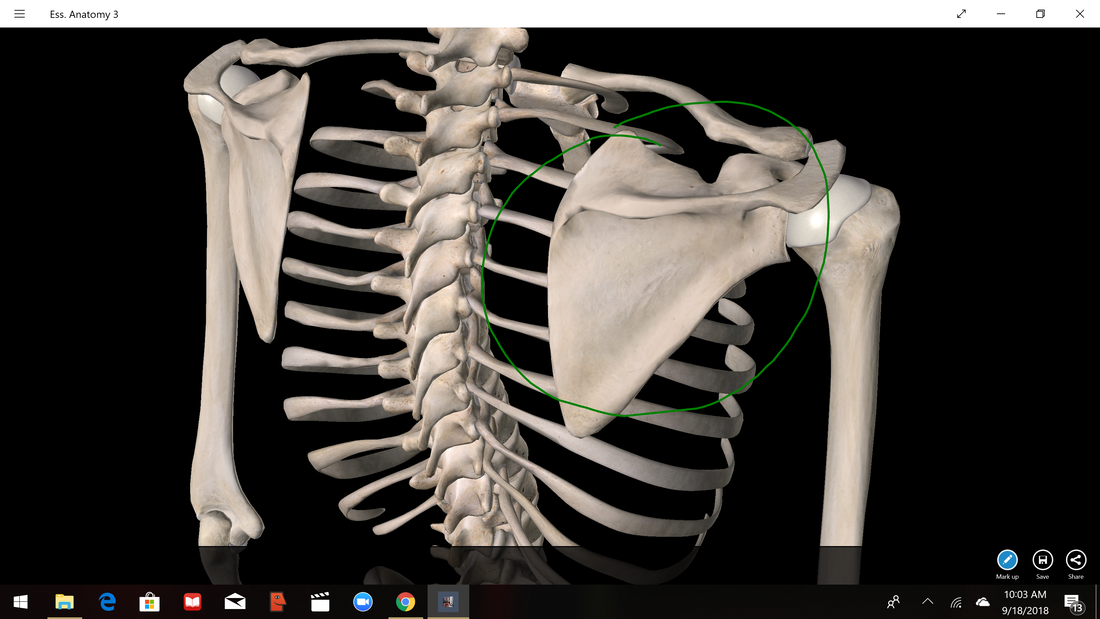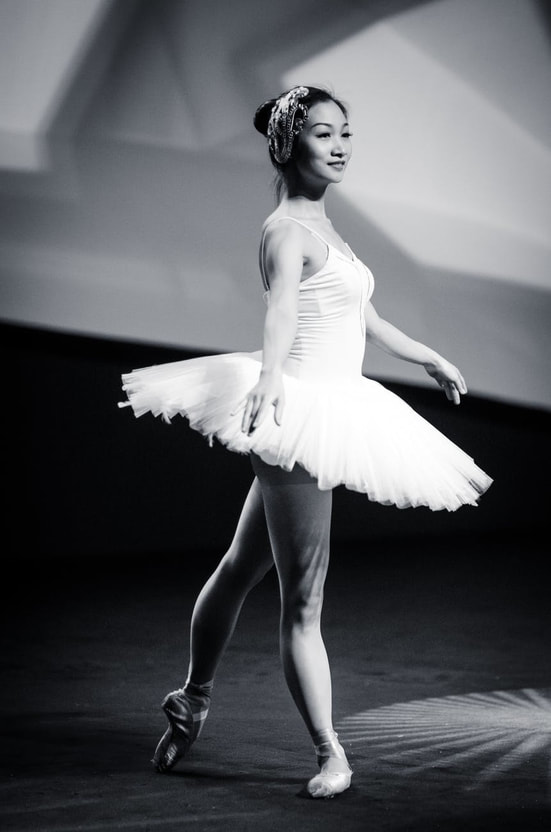|
9/18/2018 0 Comments Shouldering The WorldRecently I attended an excellent group plyometrics class at my local gym (a type of body weight interval training). I hadn't been doing this type of workout much lately, and by the end I was pretty worn out. As my legs got worn out, I realized that I was initiating the athletic motions of the class more and more with my shoulders. I could feel them coming up off my back in an effort to struggle through the last couple of minutes of the class. I noticed how much harder may of the movements were when I coordinated myself this way. Returning for another class a couple days later, I noticed something--many people started with their shoulders off their back. By halfway through the class, many of these folks were stopping and holding their backs and necks in pain. Lets clarify something--when I talk about the shoulders, I am not talking about the colloquial shoulders that are on either side of our necks--those are actually the top of one layer of our back muscles (notice these same muscles extend from the mid-back to where the spine meets the skull) Instead I am talking about the shoulder blades which you will notice are anchored significantly lower on your back and are the root of our arms--functionally they are inseparable. When we start a movement by contracting the shoulder blades off of the back, instead of our body working as a whole (including the complex and powerful layers of muscle in your whole back and legs) we hyper engage the muscles of the upper back and arms, which are much weaker and quickly wear out. When we do this, we don't recruit the larger muscle groups--their use is prohibited by the overuse of part of ourselves. Essentially, effort in the shoulders and arms prevents proper effort in the legs and whole body, cutting us off from our full strength. These muscles are also inseparable from the muscles of the neck, so as we use them we are invariably shortening and compressing the whole spine, resulting in weaker movement, discomfort, and potential injury. And the more we use these muscles, the more they become our 'go to', cutting us off from the ability to become whole body fit. Most fitness instructors know this. Their advice is to pull the shoulders back. There is a problem with this age old advice-when we try to do this we usually arch the back instead, which makes it feel as if the shoulders are releasing down even when they aren't, and further compromising the spine's integrity (a la the dancer below). So what can we do instead? Here are a few constructive tips:
There is a deeper metaphor here. The physical is never just physical. We often respond to the challenges of the world (physical, intellectual, or emotional) by 'taking them on our shoulders' or our 'backs' (the arched spine). What if instead we could respond by sending them through our legs to the ground, or tackling them with our whole selves instead, instead of our weaker partial selves? That would be a beautiful thing indeed.
0 Comments
Leave a Reply. |
Thoughts on what is going on in the work and the world right now. Many posts to come. Archives
June 2021
Categories |




 RSS Feed
RSS Feed